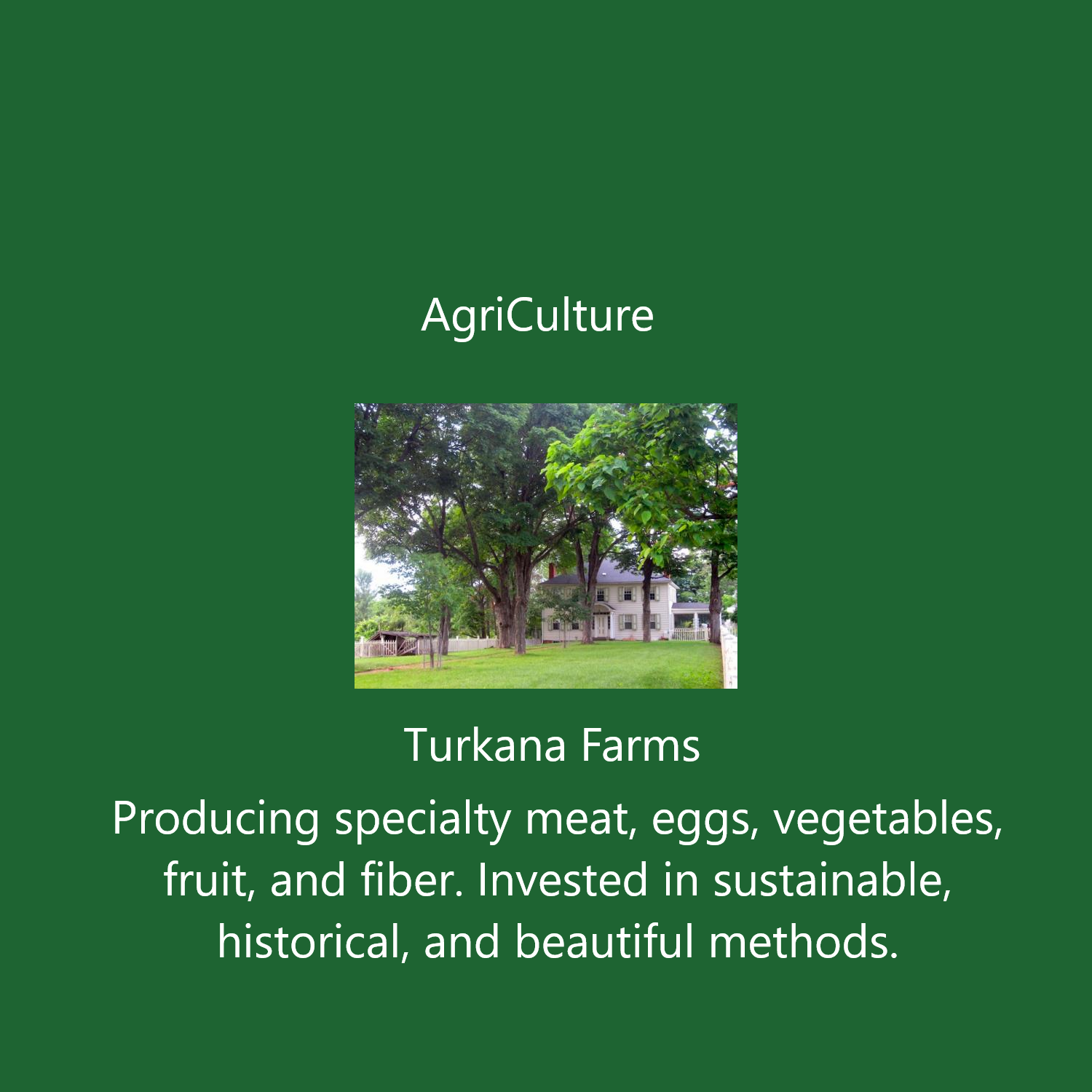
Remember that episode of I Love Lucy in which Lucy and Ethel take jobs at a chocolate factory, ultimately to be done in by their inability to keep up with wrapping the bon-bons rolling down the assembly line? Welcome to Turkana Farms.
A major task of the farmer, I like to point out, is fighting the forces of chaos. This place is small as farms go but it’s mighty big for a single being, me, to impose and maintain order on it. Sometimes it feels like a Vesuvius of chaos, and my efforts to manage it are something akin to trying to hold back the flow of lava.

One coping strategy is to maintain a fairly rigid schedule in which the sequence of events is more or less set in stone, making it far less likely that any essential task is overlooked. Chores are a perfect example. I do them at the same times every day (mornings starting by 7:30 or 8:00, evening just an hour prior to sundown) and in the same sequence: chickens, then pigs, then sheep. I’m so set in my routine that Eric’s dog Lillie, who visits about once a month, remembers the sequence and often leads the way from station to station. Keeping a predictable schedule also helps me balance the farm and my day job, such that this Friday I could do chores, then argue a motion by phone in Federal court, then take a trip to retrieve things from the commercial freezer and get back in time for a client conference call.
A second strategy is to try to make every task serve double duty. Let not one step go to waste. In the growing season I keep a wheelbarrow in the vegetable garden as I weed. I fill the weeds directly into the cart, and when it’s full I tote it to the chickens, who eagerly await the greenery and whose eggs develop that rich deep colored yoke as a result of ingesting all the greens. Weeding becomes feeding.

In the off season I employ a similar strategy. As the sheep eat hay in the barn, there is a huge amount of waste that builds up on the floor, where hay stalks and other detritus from the manger mix with sheep poop and urine. The flock’s hooves compress the material, and the organic matter starts composting and giving off heat. If you let the muck build up too long, the bottom layers start smoldering (stick a pitchfork in and smoke rises). To avoid both the fire hazard and the difficulty of lifting heavy masses of muck in major periodic barn cleanings, I this year resolved that every chore time when I fill hay into the manger I also would fill a wheelbarrow with muck from the floor. From there I wheel it directly out to the vegetable garden, where I’ve been using it to create a 6 inch deep layer of mulch for the fall planted garlic and leeks. Mucking becomes mulching.
These methodical approaches work very well as long as time is adequate and discipline maintained. But what happens when time is short? This was Lucy and Ethel’s dilemma, as the assembly line sped up and they had to frantically try to keep up. And in the last couple of weeks it’s been my dilemma as well.
Shorter daylight hours reduces the opportunity for farm tasks. The winter weather certainly doesn’t help. Anticipation of the big winter storm led me to get delivery of four 800 lb. square bales of hay Wednesday, which I then had to stack in the barn, slice by slice, occupying two hours of that day. The knee-deep snowstorm itself slowed everything down, as simply shoveling paths to the animals for Thursday morning chores took three hours. My path to the barn skirts the south end of our very open hilltop back pasture, where the snow tends to drift. Despite digging a trench traversing a waist deep stretch Thursday morning I had to shovel it a second time Thursday afternoon and third time Friday morning, demonstrating vividly the futility of human efforts to control nature.
But the storm paled by comparison to the disruptive effect of the mechanical failure of the standing freezer in the basement. Last Saturday I went down to retrieve a couple of freedom ranger chickens for a customer’s order and found that the freezer had stopped working some days earlier. There was still plenty of ice and it was quite cold, but most of the meat was soft enough that I did not think it safe to refreeze. All I could do was embark on a cooking campaign to salvage as much of the meat as I possibly could as quickly as I could.
This was my Lucy and Ethel moment. Sometimes following as many as four recipes simultaneously, cookbooks open on top of each other on the counter, with dishes going on the stovetop and in the oven, I on several occasions came close to melting down. Several times I ended up doing steps out of order and once I threw ingredients (parsley) destined for one dish into another. Unlike Lucy and Ethel, though, I did at the end have something to show for it:
One tandoori style chicken and one Bombay style chicken with red split lentils (both Madhur Jaffrey recipes); two simple fennel infused Chez Panisse roast chickens, one of which I sent across the street for neighbors to enjoy when it came out of the oven; six pounds of Ottolenghi’s lamb shwarma; lamb stew with quince (I thankfully still had quince from my friend Anita) and Albanian style liver with cumin from the Classic Turkish Cookbook; Kapama, a favorite Macedonian lamb stew according to James Beard; my own versions of lamb bolognese, lamb curry. and barbecued chicken wings. A pot of lamb neck stew, two roasted racks of lamb, a whole butterflied leg of lamb, and broiled lamb shoulder steaks and loin lamb chops. I ecumenically rendered both lard and schmaltz, and while I had a slow oven going for the lard I used it to simultaneously make barbecued country style pork ribs and four lamb breasts (riblets). I made four quarts of chicken stock.
With this level of disruption, I would say the organization of the entire place deteriorated and I have a lot of recovery ahead. On the other hand, I suppose all this cooking will obviate the need to spend much time in dinner preparation for the next couple of months, freeing up time to put things in better order. Whether in the long term my order or the farm’s intrinsic chaos will win is anybody’s guess.

WHAT’S NEW THIS WEEK:
HAPPY ONGOING CHANUKAH AND MERRY UPCOMING CHRISTMAS
The untimely death of my standing freezer (see story above) has put a real dent in our inventory of frozen meats, particularly of lamb. I still have eggs coming in ($5/dozen), frozen chickens, mostly around 6 lbs (at $6/lb) and cheese pumpkins ($1/lb). For now that’s all I’m offering, until I have a clear idea what other meats remain in the other freezers.
FARM PICKUPS:
Email us your order at [email protected], and let us know when you’d like to pick up your order. It will be put out for you on the side screened porch of the farmhouse (110 Lasher Ave., Germantown) in a bag. You can leave cash or a check in the now famous pineapple on the porch table. Because I’m now here full time, we’re abandoning regular pick-up times. Let us know when you want your order any day between 10 and 5, and unless there are unusual circumstances we’ll be able to ready it to your convenience. If you have questions, don’t hesitate to call or text at 917-544-6464 or email.

We’re falling into a comfortable rhythm, Lillie and I. Lillie is Eric’s dog, here for a several week stay as her custody is shared...

In a time of uncertainty, one certainty is that one's feelings are going to ricochet all over the place. Mine certainly have been. We...

TURKANA FARMS, LLC Green E-Market Bulletin April 10, 2025 Lisette sticking with 272 and Louisette – photo by Mark Scherzer Lisette Has Two MomsHi...